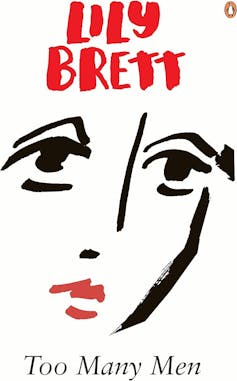Lily Brett’s trip to Poland with her Holocaust survivor father inspired her novel, Too Many Men. 25 years later, it’s a film: Treasure
- Written by Tess Scholfield-Peters, Casual Academic, Faculty of Arts and Social Sciences, University of Technology Sydney

Lily Brett’s acclaimed novel Too Many Men was published 25 years ago, in 1999. Next month, a feature film adaptation, Treasure, directed by Julia von Heinz and starring Lena Dunham and Stephen Fry, will screen in Australia.
The novel tells the story of a daughter of Holocaust survivors, 43-year-old Ruth Rothwax, and her 81-year-old father, Edek, who travel back to Edek’s native Poland – and to Auschwitz concentration camp (now a museum), which he survived. They’re searching for answers to family questions and secrets.





